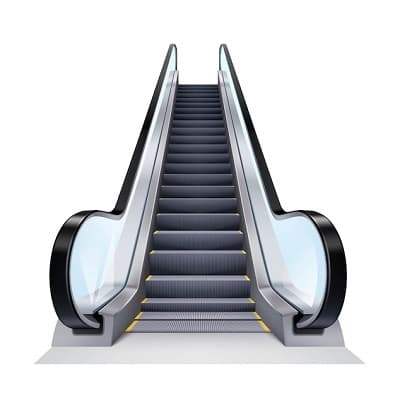Unspoken Rules of Escalator Etiquette
We are all temporary citizens in the moving kingdom of the escalator, bound by unspoken laws more powerful than any written code. To stand is to obey. To walk is to lead.
The moment your foot meets the grooved metal step, you enter a social contract. This is not a passive conveyor; it is a micro-society in motion, governed by unwritten rules that preserve fragile peace. The primary law is simple: stand on the right, walk on the left. This creates a lane of patient stillness and a lane of determined progress, a perfect metaphor for modern life. To break this rule is to commit a quiet but serious offense, one that draws scowls and sighs from your fellow travelers.

Yet escalator etiquette goes deeper than lanes. There is the delicate choreography of personal space, where you lean just enough to avoid brushing against the stranger in front of you. There is the silent critique reserved for those who halt at the exit point, causing a ripple of frustration behind them. These rituals, subtle but universal, are what keep the moving staircase from dissolving into chaos.
And then comes the ultimate test: the broken escalator. When the steps stop, the contract collapses. The crowd hesitates, suddenly unsure how to proceed. We are stripped of our roles as orderly passengers and revealed as clumsy individuals on a steep, motionless staircase. The still escalator is a lawless land, a reminder that without the guiding rhythm of the machine, we are simply pedestrians again, awkwardly negotiating space on our own.